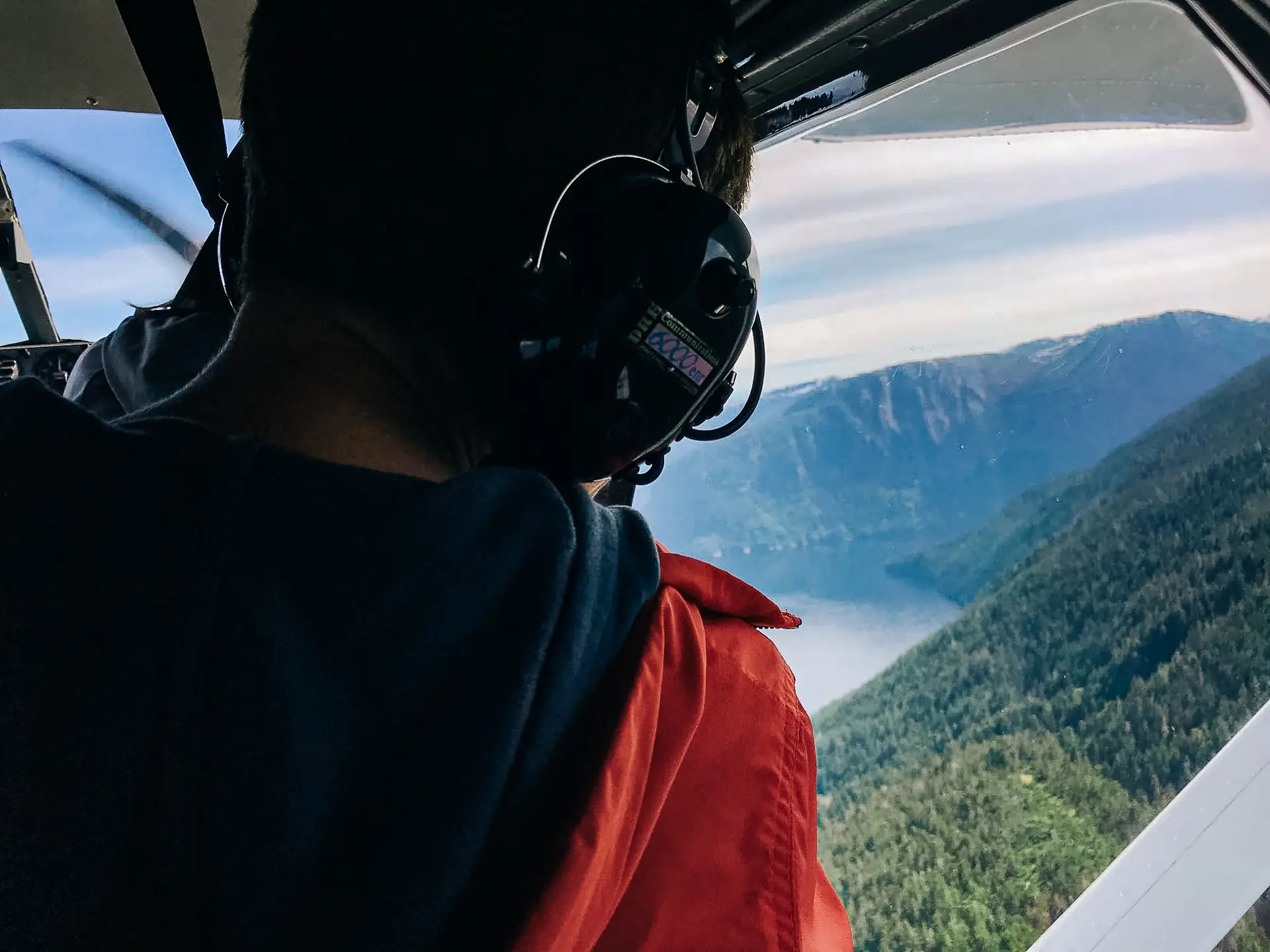The DeHavilland DHC-2 Beaver was first flown on August 16, 1947. In 1967, when the last Beaver was manufactured, 1,657 Beavers were built as land planes, seaplanes, and amphibians with the main user being the U.S. Army, who purchased over 800 planes. The U.S. Air Force and the U.S. Navy also used the Beaver. In the plane’s civil role, which it is currently flown, it is often considered the “best bush plane ever built”. DHC-2 Beaver is a single-engine, high-wing, propeller-driven, short take-off and landing (STOL) aircraft.
Props
One of the more significant events involving a Beaver occurred in 1958 when a Royal New Zealand Air Force Beaver played a supporting role in Sir Edmund Hillary’s famous Commonwealth Trans-Antarctic Expedition to the South Pole.
In 1987, the Canadian Engineering Centennial Board named the DHC-2 one of the top ten Canadian engineering achievements of the 20th century. With all its success and contribution to opening access to northern Canada, the Royal Canadian Mint commemorated the aircraft on a special edition Canadian quarter in November 1999.
King Beaver
DeHavilland’s Beaver was such a success that they built a bigger Beaver, which was originally called the King Beaver. This name was later changed to DHC-3 Otter. Between 1951-1967, 466 Otters were manufactured. The U.S. Army was the largest customer, taking delivery of 200 aircraft and the Royal Canadian Air Force operated 66. Like the Beaver, the Otter can fulfill a range of duties operating on floats, wheels and skis, and has operated in in over 36 countries in locations as diverse as Antarctica, Australia, Chile, Ghana, and the Caribbean.
Under the Wing
The versatility, value, and customer appeal of these historic aircrafts are contingent upon the overall condition of the aircraft and in the modifications that have been performed. Through a dedicated rebuild and maintenance program executed by a team of highly experienced and trained maintenance technicians, Taquan Air keeps their 6-passenger Beavers and 10-passenger Otters in like-new condition.
Taquan Air maintains a policy of adherence to the highest FAA Aircraft Maintenance Standards and routinely exceeds those standards. All routine maintenance, preventative maintenance, and alterations to the aircraft, engines, propellers, and appliances are performed in accordance with FAA regulations, manufacturer’s service bulletins, airworthiness directives, and the highest quality maintenance practices.






